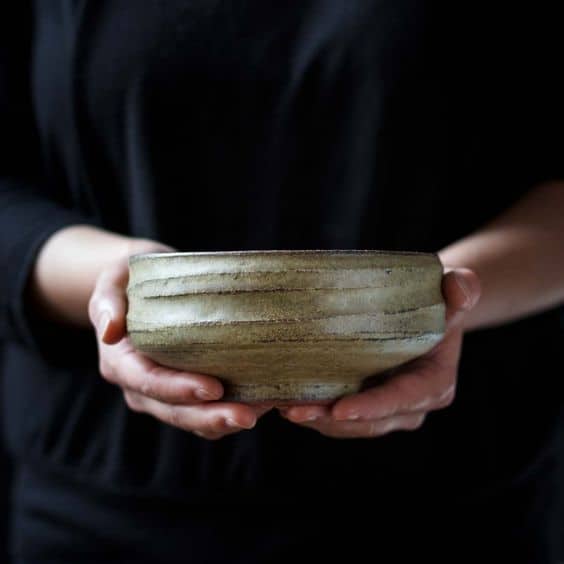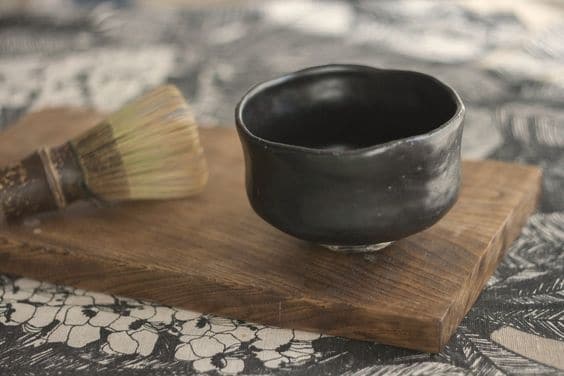In this economic downturn, many stores have closed down. The ones that survived are trying various strategies, such as releasing new products, organizing events, and running promotions to attract more customers back to their stores. However, there is another method that many brands may overlook: accepting production orders for other brands, or what we know as OEM.
OEM stands for Original Equipment Manufacturer, which means that any store or brand that is outstanding in manufacturing products can hire to manufacture products for other companies. It is a collaboration or it may be manufacturing for other brands to sell under the customer’s own brand, depending on the customer’s needs by using the factory or store’s own manufacturing process, from the production department to the various machinery for production. Customers who hire stores or factories may not have enough expertise in making that type of product or see the ability and identity of that factory or store that can produce products according to the specifications.
From the perspective of customers or other brands that hire
- It is considered to help reduce production costs because production bases can be moved to other places with lower costs.
- Brand owners do not need to have their own factories, making it easy to change business characteristics or strategies.
- We have experts and production consultants to take care of you to get the raw materials according to the required standards without having to go through the effort of searching for them yourself from the beginning.
But if you look at it from the perspective of the store or factory that produces the products,
- There is another way to increase your sales without having to invest in creating your own products from start to finish because you already have a formula from your employer.
- Save on marketing costs in advertising the product because the manufacturer does not sell the product itself.
- No need to worry about managing inventory yourself, just follow the orders that other brands hire to produce.
However, accepting OEM work for other brands, in addition to carefully calculating the cost before presenting the selling price to the brand that hires, you also have to consider the price that the brand will sell to consumers. Because if we set a high price from the beginning, the brand owner will have to add more prices before reaching the customer. That product may be overpriced, which can result in poor sales.
In addition, accepting OEM must also calculate the shipping cost. Does the price we set include the shipping cost? And it is necessary to look far into the issue of the product being broken, damaged, or damaged, and all possible losses that may occur. What should be the product claim system and warranty for the products we produce?
If anyone still doesn’t have a picture of which OEM brands they can start accepting, let’s take a look at some sample ideas that are suitable for starting to find customers in this B2B group, such as:
- A shop that focuses on selling snacks and beverages for health-conscious people in particular. Various recipes are low-sugar, sugar-free menus. We recommend that you produce beverages or snacks for people with food allergies for hospitals or produce health tea drinks for fitness centers. Produce snacks or teas with the brand of the hospital or fitness center.
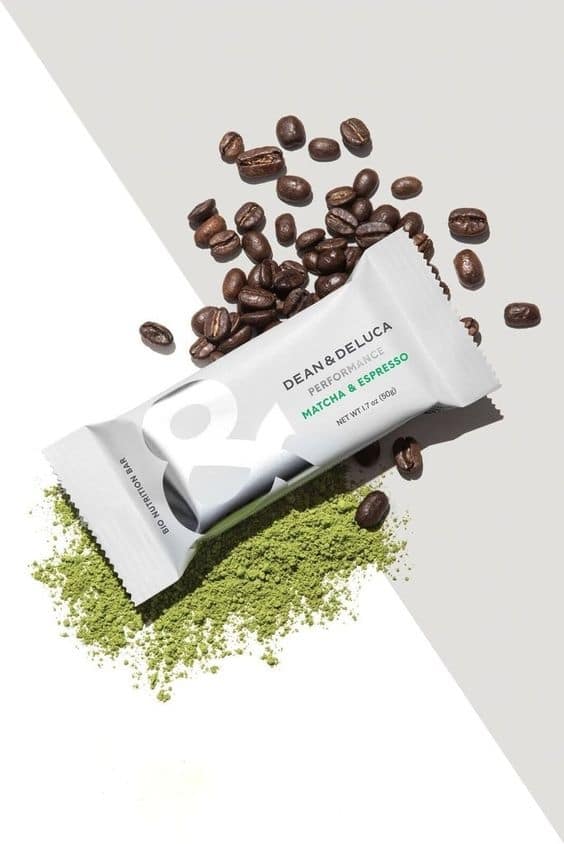
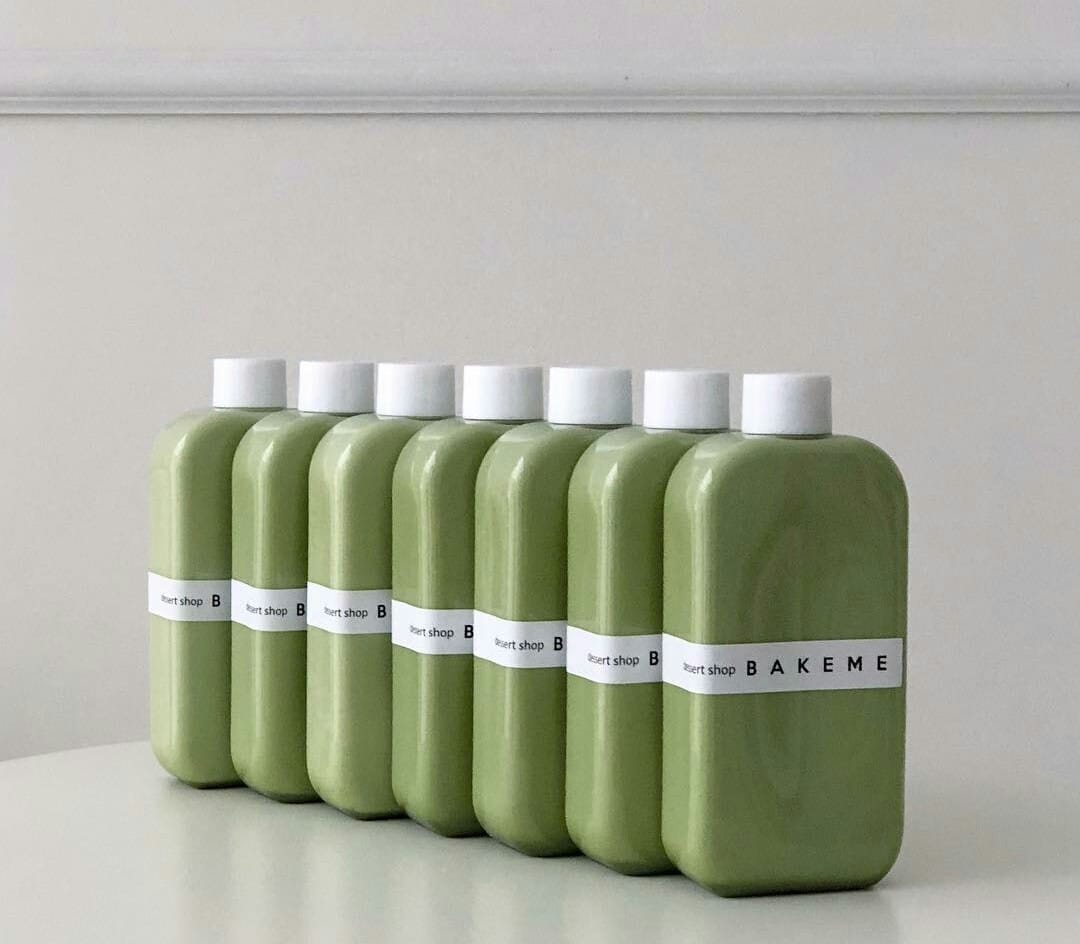
- Shops that are prominent in using premium green tea powder can use this ingredient to produce desserts according to the recipes that various brands want to achieve the original green tea flavor that our factories or shops already use. They can produce a variety of products, such as cookies, puddings, or various green tea spread menus. This variety of dessert production lines is suitable for tour companies, airlines, or hotels, or even Japanese restaurants that do not have dessert menus because they are more specialized in making savory menus. They can also present dessert menus and brand them as the restaurant’s brand.
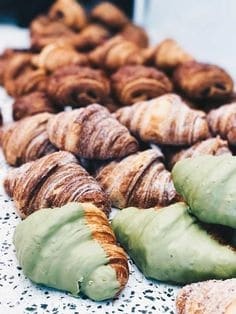
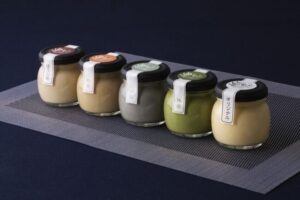
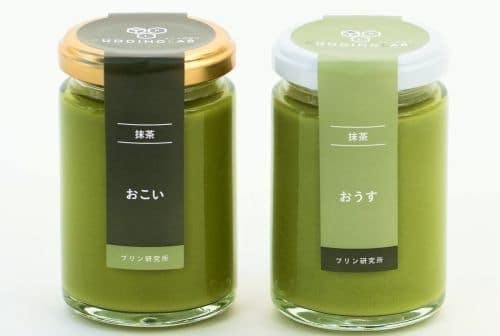
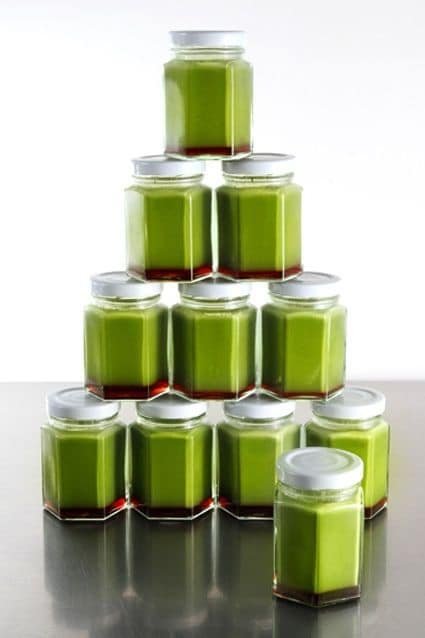
Increasing sales for your store is not just about discounts and free gifts, but also about looking at a wider perspective. Don’t just focus on regular customers, but also on companies, restaurants, or other businesses. You will find many strategies that can be used to deliver deliciousness.
Source
https://www.moshimoshi-nippon.jp/115252
https://www.pinterest.com/pin/Ab-c8jUkof2iYtJeTFNSBg58sGUXOAgBICxwy85elSDMHu7Ky4Yqygw/
http://www.thirstyfortea.com/2016/12/18/tea-shortbread-coins/
Article from: Fuwafuwa

